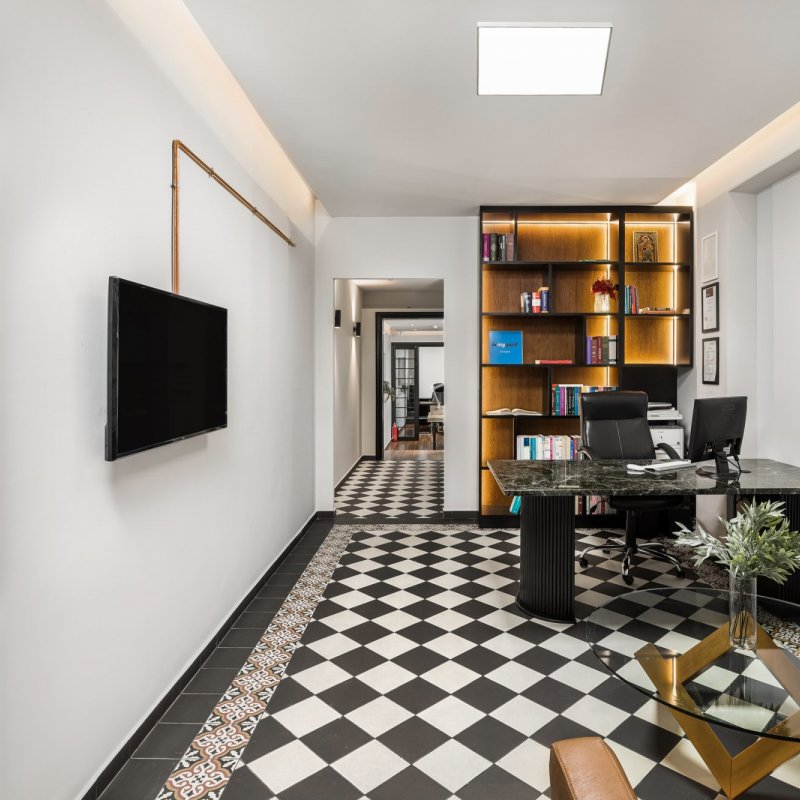RevPAR vs ADR: What's the difference?
Understanding the difference between RevPAR and ADR is key to better analyzing the Key Performance Indicators of a hotel, also known as KPIs. These two KPIs are important performance indicators that can help hoteliers make data-driven decisions to optimize revenue management strategies.
While RevPAR and ADR are similar, they are used in different ways. RevPAR, which stands for "revenue per available room," shows how successful your hotel has been in filling its rooms, while ADR shows how successful your hotel has been in maximizing room rates.
In this article, we will go into detail on what these two metrics are and how they are used.

Definitions and Examples
ADR
ADR, or average daily rate, is a key indicator used to calculate the profitability of a hotel. It shows the average rate that hoteliers can charge for a room during a given period on any given day. It can be used to help predict seasonal trends.
ADR = revenue from rooms / nights sold
Example
Your property for the month of June generated room sales of EUR 100,000 through 10,000 nights sold.
ADR = 100,000 / 10,000 = 100
Which means that the average room rate for June was €100.
TIP: For an even more accurate view of the performance indicator, you can subtract accommodation taxes from the total sales.
RevPAR
RevPAR in the hotel industry, on the other hand, is an indicator used to measure the performance of a property. It shows the property's ability to fill its available rooms at an average rate. It also helps in determining the success of a property at a high occupancy rate. It can be used to plan for different seasons (low, average, high, very high, and so on) and measure profitability at a given time of year.
RevPAR = revenue from rooms / available rooms
Example
Your property has 100 rooms. For the month of June, it made room sales of EUR 100,000.
RevPAR = 100,000 / (100 X 30) = 33.33
This means that each available room in your property yielded €33.33.
TIP: Another way of calculating RevPAR is to multiply the ADR by the occupancy rate: RevPAR = ADR X Occ.%
The difference between RevPAR and ADR
Now that you understand the definitions of the two KPIs, we can make a comparison.
Let's say that for the month of June your hotel had the following results:
Room sales: 50,000
Nights sold: 100
Available rooms: 100
In the example above we have an impressive ADR of €500. But what were the hotel's occupancy and revenue per available room?
Occ.% = 100 / (100 X 30) = 3.33%
RevPAR = 500 X 0.0333 = €16.66
Not so impressive. Right?
From the above example, we understand that RevPAR gives us a more precise measurement as it not only looks at the average rate but also at the occupancy of the hotel. This is because the more rooms you sell at a higher daily rate, the more revenue you generate, which should be a goal of every hotel.
TIP: Remember that the core inventory of a hotel is perishable. What does this mean? It means that the accommodation service, which is measured in nights, cannot be stored and sold at a later time. For example, if your hotel has 30 rooms today, it means that it currently has 30 nights available for sale, which if not sold today cannot be "stored" for sale at a later time.
As a general rule of thumb, no KPI gives us the whole picture and should not be used in isolation.
While both metrics are important KPIs for the hotel industry, the ultimate goal of any hotel business should be to optimize financial performance by looking at both cost and revenue. Only by taking a holistic approach to revenue management will a hotel be able to achieve its goals.
That's exactly what we help you achieve at Panel Hospitality - Hotel Management, through our partner programs and hotel management services.
In future articles, we will cover more advanced KPIs such as GOPPAR, BEPADR, BEPOCC% etc. that take into account both revenue and costs of a hotel
Stay tuned!



